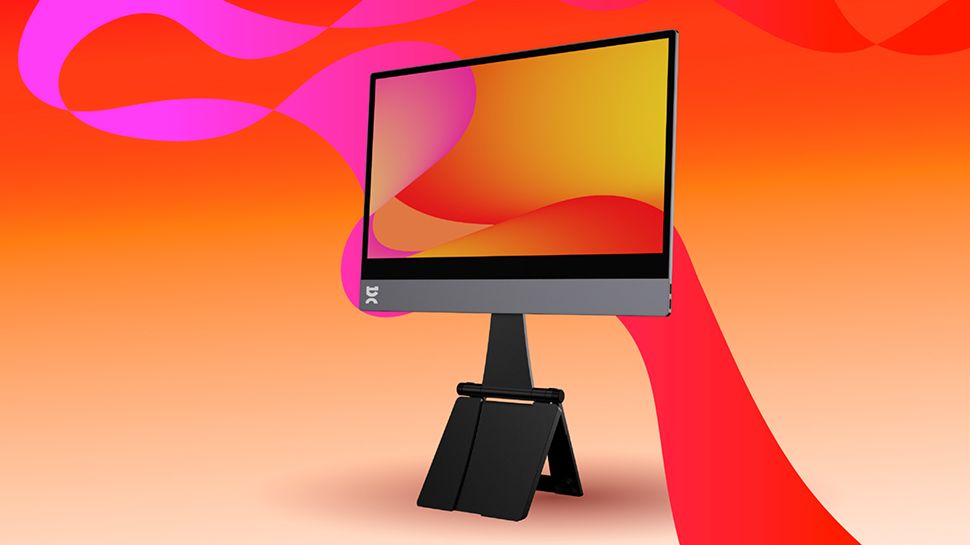We’ve been seeing monitors with higher refresh rates as manufacturers continue to push the envelope of what’s possible — and what’s even practical, when you really consider it.
Recently, TCL CSOT revealed a brand new 4K monitor at Display Week 2024 with an absolutely blazing fast 1,000Hz refresh rate, easily eclipsing the previous reigning champ the Asus ROG Swift PG248QP with a refresh rate of 540Hz. Even more impressive is how TCL’s monitor can maintain that same refresh rate while at 4K resolution, a feat that no other monitor has come even close to achieving yet as it’s at least three times faster than the fastest best 4K monitor on the market.
Sure, having a high refresh rate for gaming is incredibly important and more monitors have been rising to the challenge. Ultra-fast displays were one of the top trends at CES 2024 with brands like LG, Acer, Samsung, Razer, and MSI showcasing their new offerings with refresh rates as high as 360Hz and even 480Hz. AMD has even overhauled its FreeSync technology certification process to require gaming monitors to come with a 144Hz refresh rate.
But, ultimately, what’s the point of all this?
Sure, you have the ultimate bragging rights if you can net a 1,000Hz monitor that still maintains 4K resolution (which would be the first of its kind to combine both specs), but what possible use could that have? Let’s say you’re a professional gamer and a high refresh rate is vital. However, official tournaments have a cap of 240Hz, so using a higher than 240Hz monitor for practice will not help you in a professional tournament. It could actively make your performance worse since you’re essentially downgrading to a much lower speed when it matters most.
Well, what if you’re a hardcore gamer who casually competes online with others? There are no restrictions in that space so have at it, right? Except that, other than the bragging rights that come from flexing your cash flow, it would mostly be pointless to invest in such a screen. Considering the advantage it would give you, compared to the price of the monitor itself, and the diminishing returns at 1,000Hz is hardly worth the much higher premium you’ll be paying for it. Especially since you can easily purchase a high-quality monitor with a 240Hz or even 144Hz refresh rate and still have a better monitor than most.
There’s also the fact that this TCL monitor would only be useful for gaming, as other markets like productivity, editing, and art don’t benefit as much from a high refresh rate.
Honestly, it feels like tech manufacturers are participating in this refresh rate arms race solely as a way to show off technological advancements. That’s all well and good except that expending valuable resources to produce these monitors contributes to the massive e-waste issue that the industry is already facing due to an overabundance of PCs and laptops.
Instead of focusing on creating products like these, TCL should invest its resources instead, on sustainability or efficiency. Not only would it address the e-waste crisis more productively but also improve its bottom line in the process.





![Arcane season 2 act 3 ending explained: is [SPOILER] dead, is there a post-credits scene, will there be a season 3, and more of your biggest questions answered](https://cdn.mos.cms.futurecdn.net/eigNZzwmEEgjNReJf2UgzQ-1200-80.jpg)